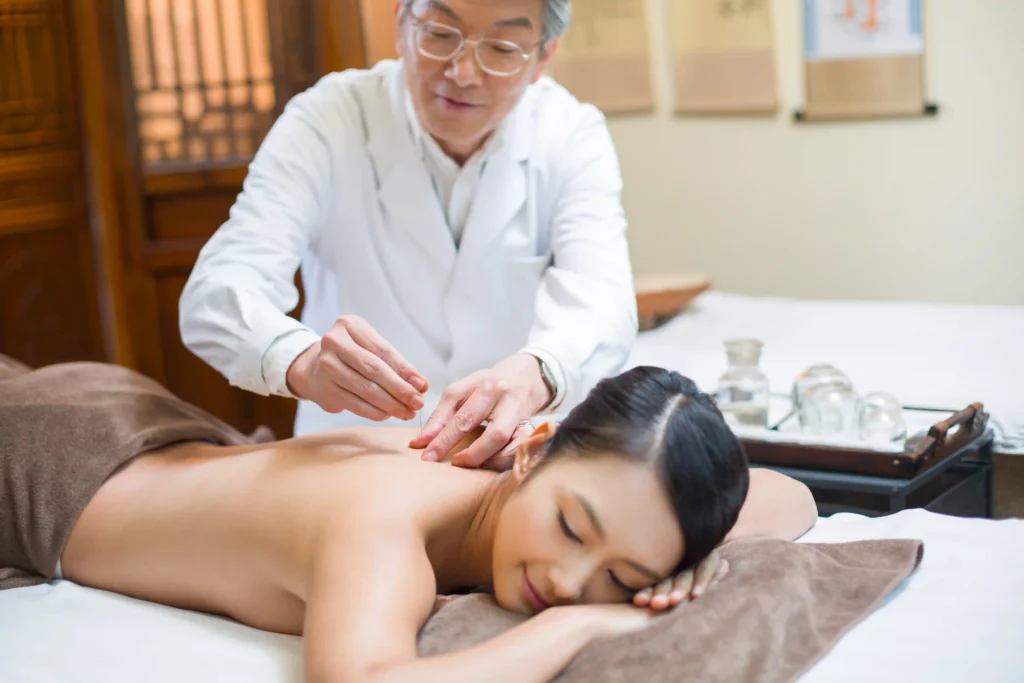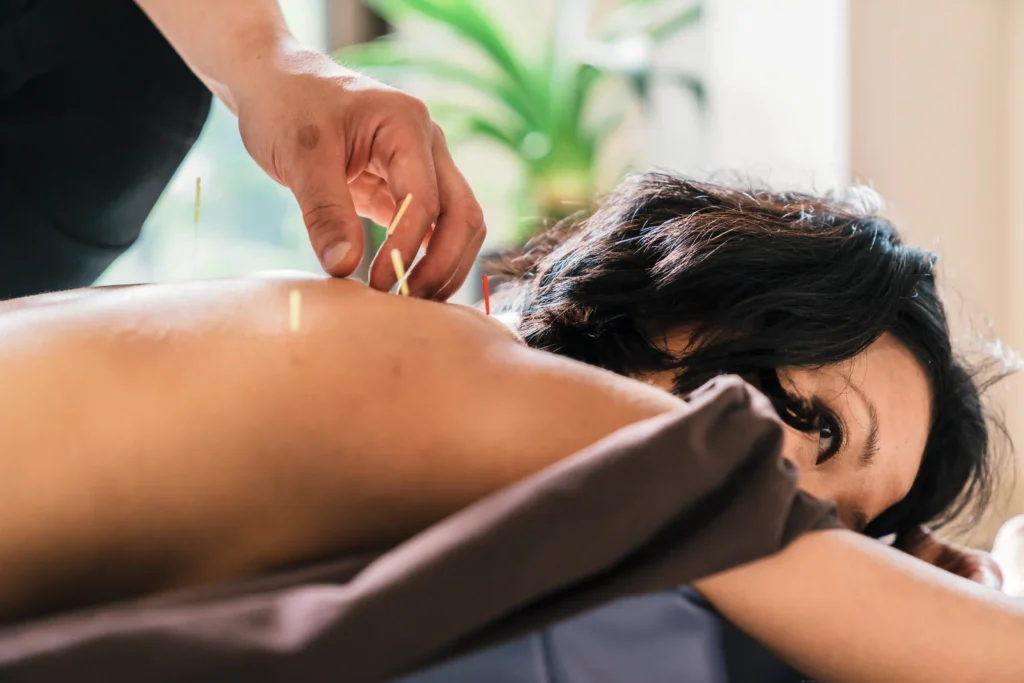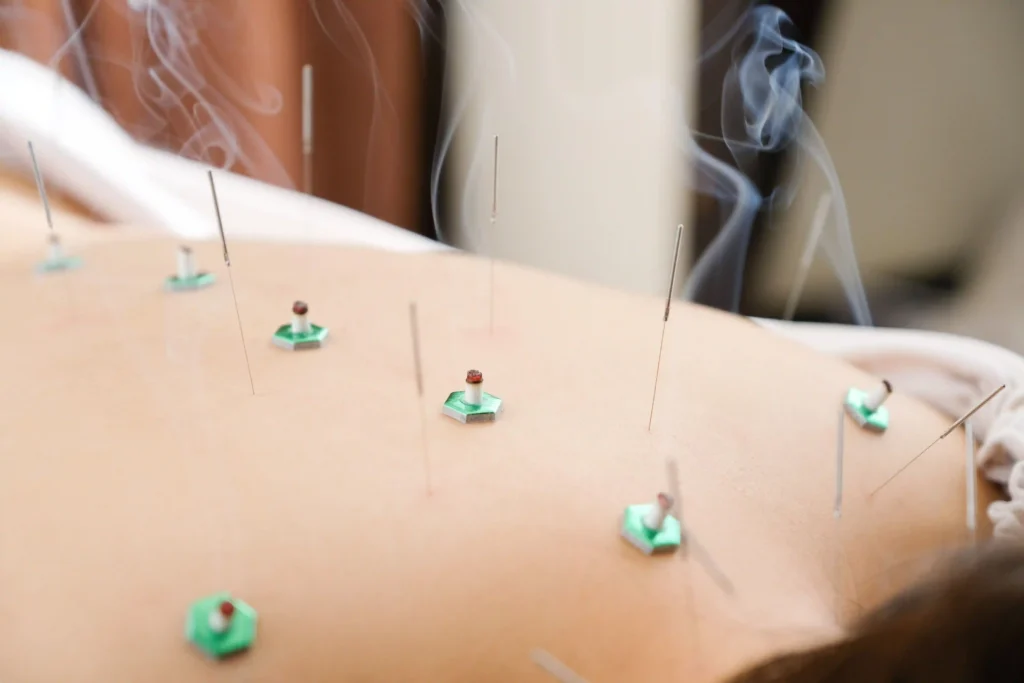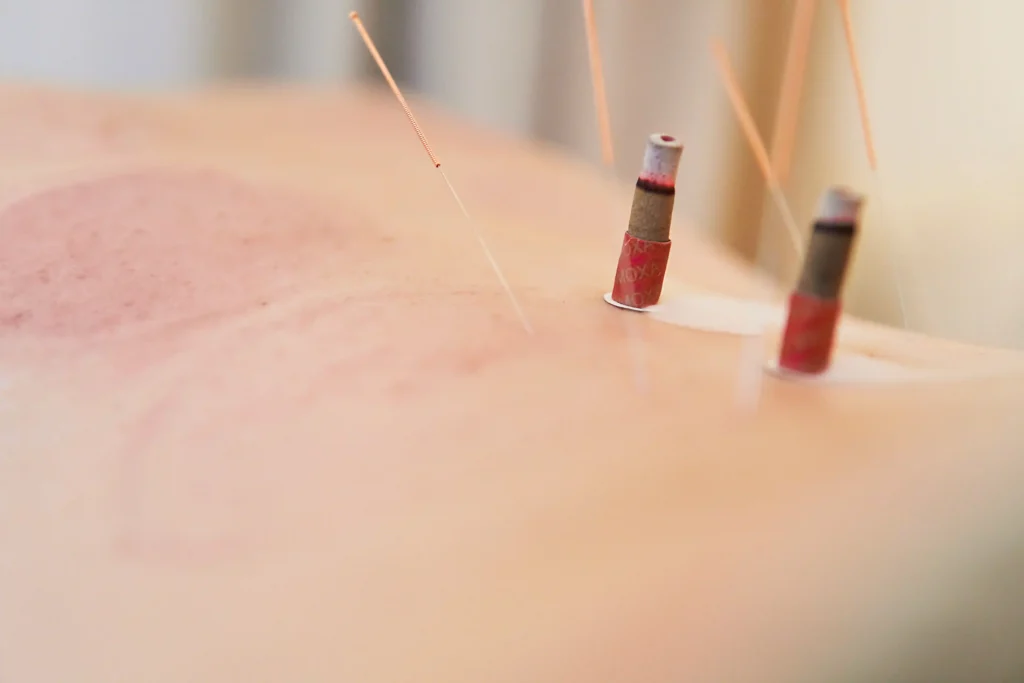
Table of Contents
Toggle
Acupuncture physical therapy is a groundbreaking approach that combines the ancient art of acupuncture with modern physical therapy techniques. This innovative method provides effective pain relief, improves mobility, and accelerates recovery for a variety of conditions.
By addressing both the body’s energy flow and physical mechanics, acupuncture physical therapy offers a holistic solution for individuals seeking lasting results.

The mechanics of acupuncture physical therapy are fascinating. From the perspective of Traditional Chinese Medicine (TCM), inserting fine needles into specific meridian points restores balance to the body’s energy.
However, from a modern medical viewpoint, these needles stimulate nerves, increase blood flow, and promote the release of natural pain-relieving chemicals like endorphins. When combined with physical therapy, acupuncture becomes even more effective.
For example, a patient experiencing chronic lower back pain often has tight, overworked muscles. It can relax those muscles, making it easier for physical therapy exercises to improve strength and range of motion.
Studies have shown that this combination leads to quicker recovery times and improved outcomes for patients with conditions like sciatica, frozen shoulder, and sports injuries. One of the most rewarding aspects of this approach is seeing patients regain their ability to move freely.
For instance, I worked with a patient recovering from spinal fusion surgery. By incorporating acupuncture physical therapy into their recovery plan, they experienced reduced post-operative pain and a faster return to daily activities.
This method is incredibly versatile, making it suitable for a wide range of conditions. Chronic pain, such as lower back or neck pain, is one of the most common reasons patients seek this treatment.
Additionally, it’s effective for sports injuries, repetitive strain disorders, and post-surgical recovery. In my practice, I’ve also recommended acupuncture physical therapy for patients with migraines, arthritis, and TMJ (temporomandibular joint) disorders.
It’s particularly helpful for those struggling with tension headaches, as the acupuncture needles release tight muscles while physical therapy addresses posture and ergonomics. Patients with nerve-related conditions like sciatica or carpal tunnel syndrome have also benefited from this dual approach.
One standout case involved a patient suffering from fibromyalgia. After months of traditional treatment with little relief, we introduced acupuncture physical therapy.
The result was a significant reduction in pain levels and an improvement in their overall quality of life. This highlights how adaptable and effective the therapy can be for even the most complex conditions.
The first step in acupuncture physical therapy is a thorough assessment. During this initial consultation, we review your medical history, discuss your symptoms, and identify specific areas of concern.
This helps create a personalized treatment plan tailored to your needs. A typical session begins with acupuncture.
Using sterile, single-use needles, the practitioner targets key meridian points or trigger points. You may feel a slight prick or a twitch response as the needle activates the muscle.
This process usually lasts 20 to 30 minutes, allowing time for the body to relax and respond. After acupuncture, the physical therapy component begins.
This might include stretching, strengthening exercises, or manual therapy to address muscle imbalances or joint stiffness. Patients often describe feeling looser and more mobile after a session.
Regular treatments—usually weekly or bi-weekly—are recommended to achieve the best results.

The advantages of acupuncture physical therapy are numerous and well-documented. First and foremost, it provides effective pain relief without relying heavily on medication.
This is especially valuable for patients seeking a more natural approach to their health. In addition to pain management, the therapy enhances healing by improving blood flow and reducing inflammation.
This accelerates recovery times for injuries and post-surgical patients. Mobility is another key benefit, as the combined techniques work to restore flexibility and range of motion.
The emotional and mental health benefits should not be overlooked. Patients often report feeling less stressed and more energized after treatments.
For those dealing with chronic pain, this can be life-changing. Finally, acupuncture physical therapy improves overall quality of life, allowing patients to return to the activities they love.
As a spine surgeon, I rely on evidence-based practices to guide my recommendations. Fortunately, the efficacy of acupuncture physical therapy is supported by numerous studies.
Research has shown that combining these modalities leads to better outcomes than using either therapy alone. For example, a study on patients with frozen shoulder found that those receiving both acupuncture and physical therapy experienced greater pain relief and improved range of motion compared to those receiving just one treatment.
Another study on tension headaches demonstrated similar results, with the combination therapy leading to significant improvements in pain and quality of life. These findings align with my clinical experience.
Patients who incorporate this into their treatment plans consistently report faster recovery times and long-lasting results. Read more here.
Like any medical treatment, acupuncture physical therapy comes with some risks, though they are minimal. The most common side effects include soreness, bruising, or slight bleeding at the needle insertion site.
These effects are typically mild and resolve quickly. Rare complications, such as infection or pneumothorax, can occur if the procedure isn’t performed correctly.
This is why it’s essential to work with licensed and experienced practitioners. At Long Island Neuroscience Specialists, patient safety is our top priority.
We adhere to strict sterilization protocols and ensure every treatment is tailored to the individual’s health status. It’s also important to note that acupuncture physical therapy may not be suitable for everyone.
Pregnant individuals, those on blood thinners, or patients with severe needle phobia should consult their doctor before pursuing this treatment.

Finding the right practitioner is crucial for the success of your treatment. Look for providers who are licensed in both acupuncture and physical therapy, as this ensures they have the expertise to combine the techniques effectively.
Additionally, ask about their experience treating conditions similar to yours. At Long Island Neuroscience Specialists, our team has over 25 years of experience in spine care and rehabilitation.
We’re dedicated to providing comprehensive, evidence-based treatments that prioritize patient well-being. Whether you’re recovering from surgery or managing chronic pain, we’re here to guide you every step of the way.
Deciding whether acupuncture physical therapy is the right choice depends on your unique needs and goals. If you’re seeking a holistic approach to pain management or want to enhance your recovery process, this therapy could be an excellent option.
It’s particularly beneficial for patients who haven’t found relief through traditional treatments alone.
Before starting, schedule a consultation to discuss your symptoms and treatment options.
This will help you understand what to expect and ensure the therapy aligns with your overall health plan. Combining acupuncture physical therapy with other treatments, such as chiropractic care or massage, can further enhance your results. Read more here.
Acupuncture physical therapy is a transformative approach to health, offering a unique blend of traditional and modern techniques. From reducing pain and inflammation to improving mobility and quality of life, its benefits are undeniable.
At Long Island Neuroscience Specialists, we’re proud to provide this innovative therapy to our patients.
If you’re ready to experience the benefits of acupuncture physical therapy, we invite you to schedule a consultation with our expert team.
Let us help you on your journey to a healthier, more active life.
GET IN TOUCH +
285 Sills Road
Building 5-6, Suite E
East Patchogue, NY 11772
(631) 475-5511
184 N. Belle Mead Road
East Setauket, NY 11733
(631) 675-6226
GET IN TOUCH +
285 Sills Road
Building 5-6, Suite E
East Patchogue, NY 11772
(631) 475-5511
184 N. Belle Mead Road
East Setauket, NY 11733
(631) 675-6226
SUBSCRIBE TO OUR NEWSLETTER +
Send us a Google review. Click this link and let us know how we did!
Review us on Yelp too.